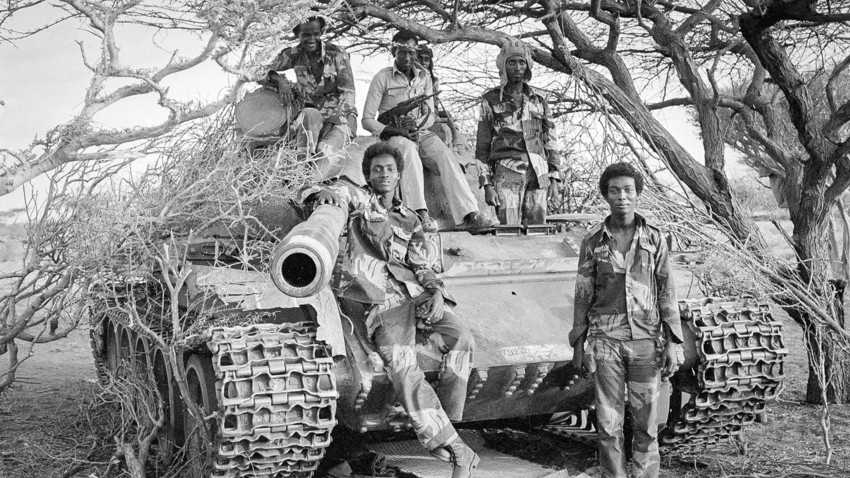The Cold War: A Political and Ideological Struggle
 |
| (www.pxfuel.com) |
The Cold War was a political and ideological struggle between the United States and the Soviet Union that lasted from the end of World War II in 1945 until the early 1990s. It was called the "Cold" War because it never escalated into direct military conflict between the two superpowers, but instead played out through proxy wars, espionage, propaganda, and diplomatic maneuvering.
Origins of the Cold War
The origins of the Cold War can be traced back to the end of World War II, when the United States and Soviet Union emerged as the world's two dominant superpowers. The United States was a capitalist democracy, while the Soviet Union was a socialist state. The two countries had different ideologies and economic systems, and their leaders had different visions for the post-war world.
The Truman Doctrine and Containment
 |
| (Truman Doctrine - historyextra.com ) |
In 1947, U.S. President Harry S. Truman announced the Truman Doctrine, which pledged to support free peoples who were resisting communist aggression. This policy of containment was designed to prevent the spread of communism and Soviet influence, and became the cornerstone of U.S. foreign policy during the Cold War. The U.S. established a network of alliances and military bases around the world to counter Soviet power.
The Arms Race and Nuclear Weapons
 |
| (canberratimes.com) |
The Cold War also saw a dramatic increase in military spending and the development of new technologies, particularly nuclear weapons. Both the United States and the Soviet Union developed and tested nuclear weapons, leading to a dangerous arms race that threatened global security. The fear of a nuclear war between the two superpowers dominated international relations for decades.
Proxy Wars and the Space Race
 |
| (www.rbth.com) |
Although the United States and Soviet Union never directly engaged in military conflict, they fought a number of proxy wars in other parts of the world. These included the Korean War, the Vietnam War, and the Soviet-Afghan War. The Cold War also saw a competition between the two superpowers to explore space and achieve technological superiority, culminating in the first moon landing by the United States in 1969.
Détente and the End of the Cold War
In the 1970s, both the United States and Soviet Union began to pursue a policy of détente, which aimed to reduce tensions and improve relations between the two countries. This led to a series of arms control agreements, including the Strategic Arms Limitation Talks (SALT), which limited the number of nuclear weapons each country could possess. The Cold War ended with the collapse of the Soviet Union in the early 1990s, and the fall of the Berlin Wall in 1989.
Impact of the Cold War
The Cold War had a profound impact on global politics and society. It led to a polarization of the world into two ideological camps, and had a profound effect on the domestic policies of both the United States and Soviet Union. The arms race and development of nuclear weapons had a lasting impact on global security, and the legacy of the Cold War can still be felt today in many areas of international relations
The Cold War was a complex and multifaceted geopolitical conflict that dominated global politics for decades. Although it never escalated into direct military conflict between the United States and Soviet Union, it had a profound impact on global security, politics, and society. The lessons of the Cold War continue to be relevant today, as we grapple with new challenges and tensions in international relations.




